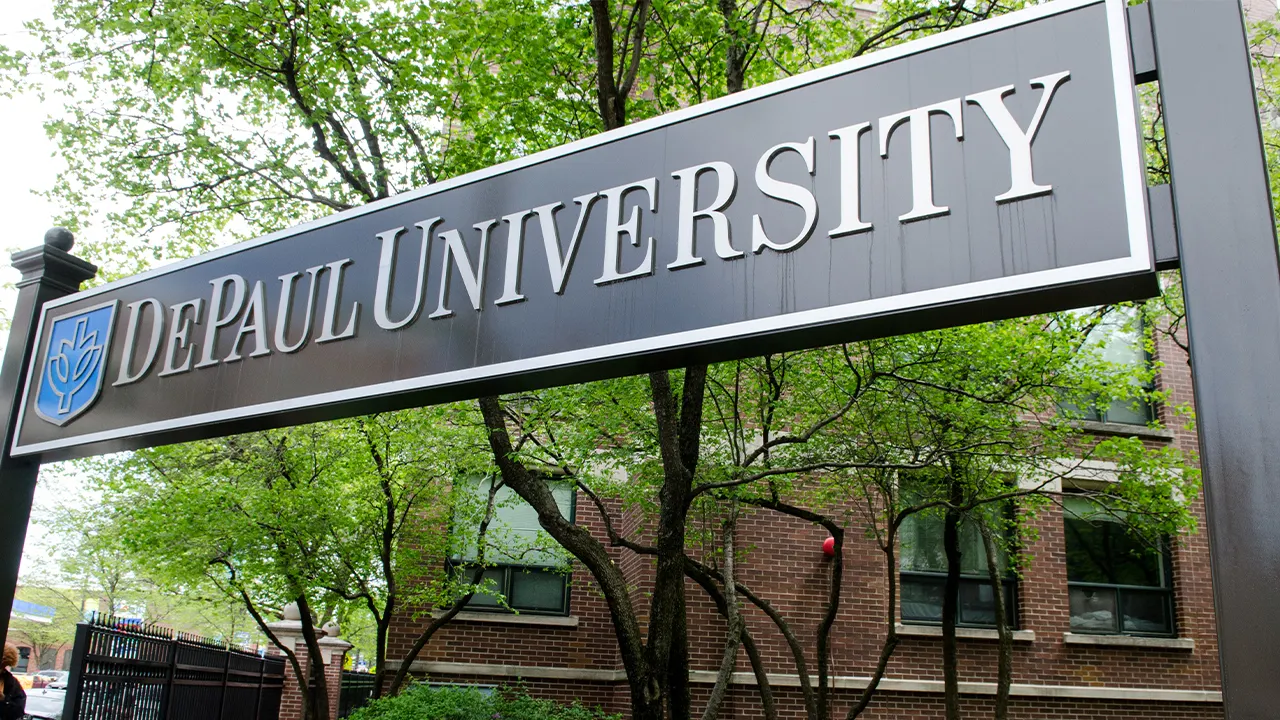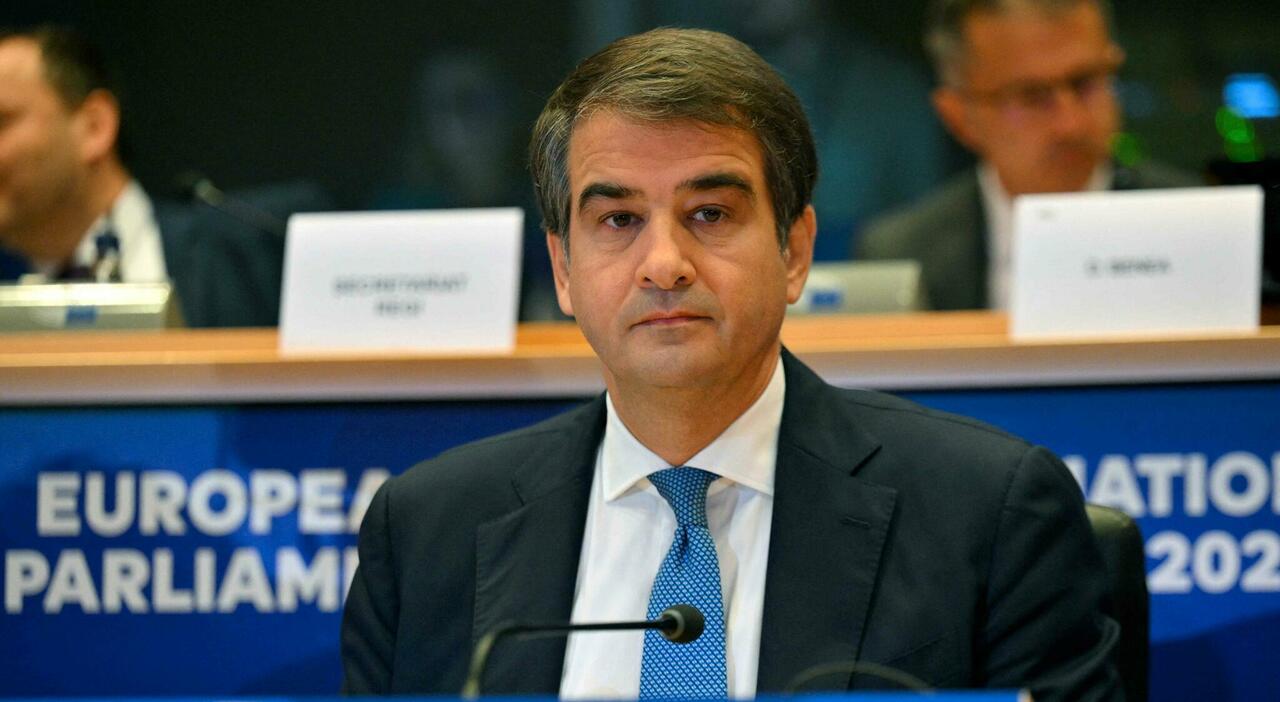 There are a few strategies you can use to pursue credit card debt forgiveness this November.
Getty Images
There are a few strategies you can use to pursue credit card debt forgiveness this November.
Getty Images
Amid today's high costs and economic uncertainty, many Americans are finding it harder to cover their basic expenses. This financial strain, which is due in large part to the lingering effects of persistent (but now cooled) inflation, has led more people to turn to credit cards to help bridge gaps in their budgets. Relying on credit cards to make ends meet can be costly, though, especially right now, as credit card interest rates currently average above 23%. That can make even modest balances grow rapidly.
As a result, the total amount of credit card debt nationwide recently reached an all-time high of $1.14 trillion, with the average cardholder owing about $8,000 currently — a clear indication of the financial challenges many people are facing now. Because of the compound nature of credit card interest, though, tackling any amount of credit card debt can feel like an uphill battle, as the minimum payments will hardly make a dent in the total balance.
That's why many people are currently searching for ways to reduce their outstanding credit card debts. Credit card debt forgiveness is one potential solution, as it allows borrowers to settle their debt for less than what they owe, but it's not always easy to achieve. The right approach matters when pursuing this type of debt relief. So how can you have your credit card debt forgiven this November? That's what we'll explain below.
Get started with a debt forgiveness program today.
How to have your credit card debt forgiven this November
If you're struggling with unmanageable credit card debt, here are three approaches to consider for pursuing debt forgiveness now:
Work directly with your card issuer on a settlement
One of the most direct ways to try and reduce your debt is to negotiate with your credit card issuer directly. If you're behind on payments and facing financial hardship, your creditors may be open to settling your account for a reduced amount. By making a clear case for why you're unable to keep up with payments — whether due to job loss, medical expenses or another significant financial setback — you may be able to arrange a manageable payoff plan and a reduced total balance.
This works in many cases because credit card companies know that if you file for bankruptcy, they might recover little or nothing. So, agreeing to accept a reduced lump-sum settlement allows them to regain part of what you owe without going through a lengthy collection process. That can be a win-win for both you and your creditors.
Chat with a debt relief expert about your options now.
Get help from a debt forgiveness program
Most debt relief companies offer credit card debt forgiveness programs, also referred to as debt settlement programs, that can help you reduce outstanding debt. If you choose to enroll in one of these programs, the debt relief company will negotiate with your creditors on your behalf to try to reach a settlement that's less than the full balance owed.
When you enroll in a debt forgiveness program, you'll typically stop making payments to your credit card companies and instead make monthly deposits into a dedicated account managed by the debt relief company. These deposits accumulate over time until there's enough money in the account to make a settlement offer to your creditors.
In many cases, a debt forgiveness program can help you reduce your total debt by between 30% to 50%, on average. That significant reduction is due, in part, to the vast experience debt relief companies have in terms of negotiating with creditors. By using their industry knowledge, these companies can often achieve greater debt reductions than you might secure on your own, allowing you to regain control of your finances with a lower repayment amount.
File for Chapter 7 or Chapter 13 bankruptcy
Filing for bankruptcy provides a legal option for addressing otherwise unmanageable debt, allowing you to eliminate or restructure your obligations. It's particularly useful if you have no realistic way to pay off your debts and need a formal, structured way to regain financial stability.
There are two common types of bankruptcy to consider in this situation: Chapter 7 and Chapter 13. Filing for Chapter 7 bankruptcy may discharge most unsecured debts, including credit card balances, which can give you a fresh start. Chapter 13 bankruptcy, on the other hand, lets you create a payment plan to repay some of your debts over three to five years, after which any remaining eligible debt may be forgiven.
Filing for bankruptcy can significantly impact your credit score and limit your ability to qualify for loans or credit cards in the future, though. For that reason, it makes sense to try and pursue other debt relief options first if you can.
The bottom line
The right approach to credit card debt forgiveness can reduce or eliminate a portion of your credit card debt this November — which can be a big benefit to those who are struggling under the weight of their high-rate credit card debt. But whether you choose to negotiate with creditors, enroll in a debt relief program or consider bankruptcy, the most important step is to act swiftly. Thanks to compounding interest, credit card balances can grow quickly, and if you wait, it could get even harder to gain control of your finances.
Angelica Leicht is senior editor for Managing Your Money, where she writes and edits articles on a range of personal finance topics. Angelica previously held editing roles at The Simple Dollar, Interest, HousingWire and other financial publications.

 3 settimane fa
4
3 settimane fa
4















 English (US) ·
English (US) ·